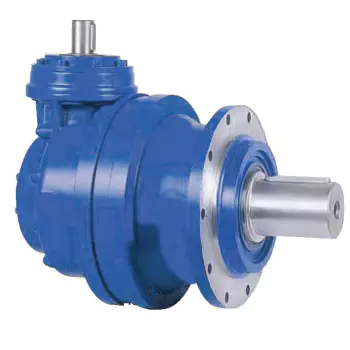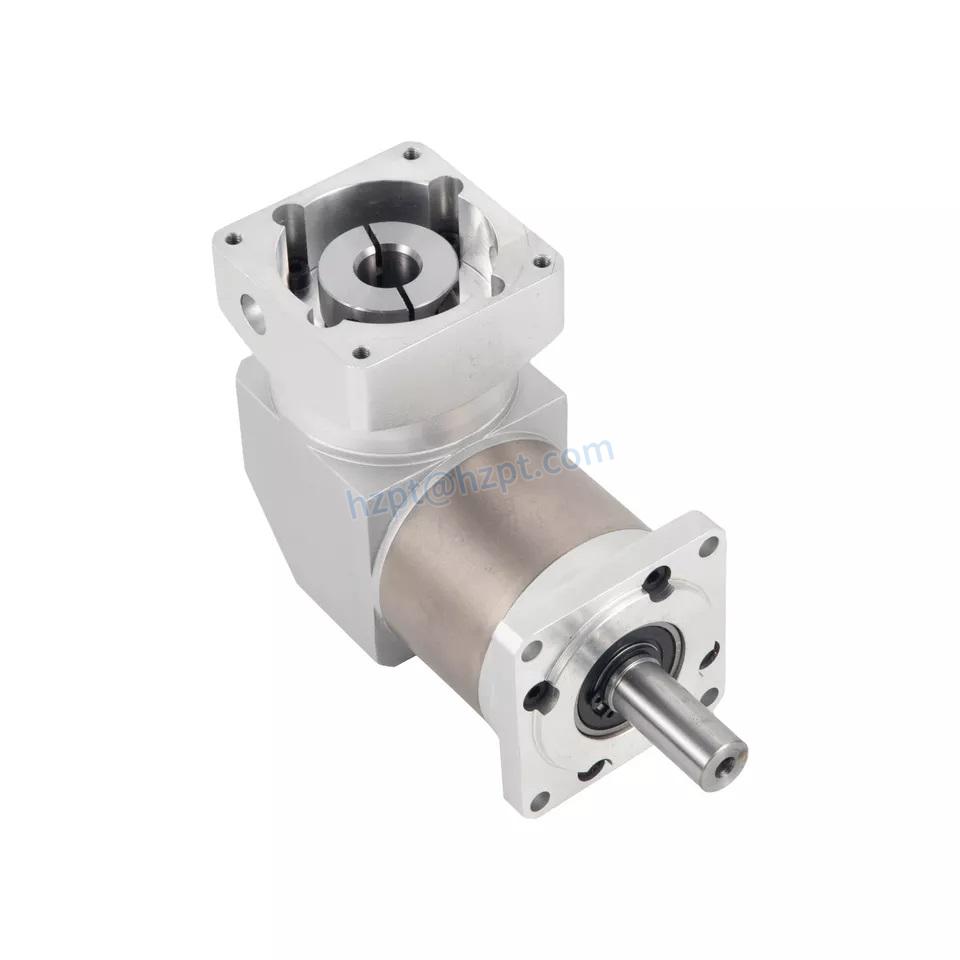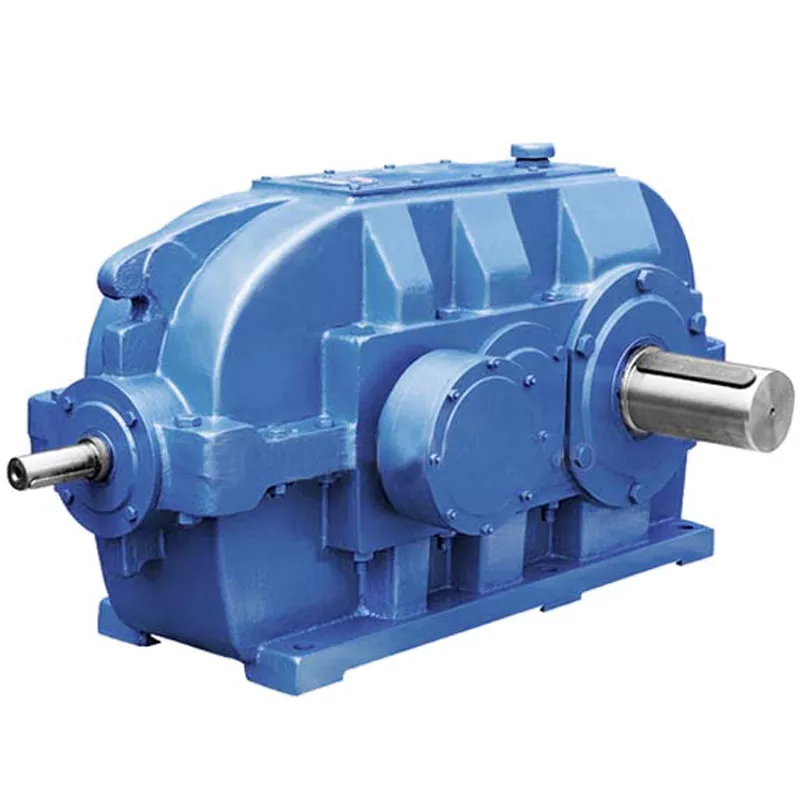Product Description
General Specification:
Step Angle Accuracy: ±5%
Resistance Accuracy: ±10%
Inductance Accuracy: ±20%
Temperature Rise: 80°C Max
Ambient Temperature: -20°C~+50°C
Insulation Resistance: 100MΩ Min., 500VDC
Dielectric Strength: 500VAC for 1 minute
Shaft Radial Play: 0.02Max (450g-load)
Shaft Axial Play: 0.08Max (450g-load)
Max. radial force:220N (20mm from the flange)
Max. axial force:60N
Specification:
nema 34 closed loop stepper motor
| Model No. | Step Angle | Motor Length | Current /Phase |
Resistance /Phase |
Inductance /Phase |
Holding Torque | # of Leads | Detent Torque | Rotor Inertia | Mass |
| ( °) | (L)mm | A | Ω | mH | N.m | No. | Kg.cm | g.cm2 | Kg | |
| 86HS78-6004XBJED-0.35M | 1.8 | 78 | 6 | 0.27 | 2 | 4.5 | 4 | 1.2 | 1400 | 2.8 |
| 86HS115-6004YBJED-0.35M | 1.8 | 115 | 6 | 0.36 | 3.8 | 8.5 | 4 | 2.4 | 2700 | 4.3 |
| 86HS155-6004YBJED-0.35M | 1.8 | 155 | 6 | 0.44 | 3.8 | 12 | 4 | 3.6 | 4000 | 5.9 |
Nema 34 stepper motor
| Model No. | Step Angle | Motor Length | Current /Phase |
Resistance /Phase |
Inductance /Phase |
Holding Torque | # of Leads | Detent Torque | Rotor Inertia | Mass |
| ( °) | (L)mm | A | Ω | mH | N.m | No. | Kg.cm | g.cm | Kg | |
| JK86HS68-5904 | 1.8 | 67 | 5.9 | 0.28 | 1.7 | 3.4 | 4 | 0.8 | 1000 | 1.7 |
| JK86HS68-2808 | 1.8 | 67 | 2.8 | 1.4 | 3.9 | 3.4 | 8 | 0.8 | 1000 | 1.7 |
| JK86HS78-5504 | 1.8 | 78 | 5.5 | 0.46 | 4.0 | 4.6 | 4 | 1.2 | 1400 | 2.3 |
| JK86HS78-4208 | 1.8 | 78 | 4.2 | 0.75 | 3.4 | 4.6 | 8 | 1.2 | 1400 | 2.3 |
| JK86HS97-4504 | 1.8 | 97 | 4.5 | 0.66 | 3.0 | 5.8 | 4 | 1.7 | 2100 | 3.0 |
| JK86HS97-4008 | 1.8 | 97 | 4.0 | 0.98 | 4.1 | 4.7 | 8 | 1.7 | 2100 | 3.0 |
| JK86HS100-6004 | 1.8 | 100 | 6.0 | 0.36 | 2.8 | 7.0 | 4 | 1.9 | 2200 | 3.1 |
| JK86HS115-6004 | 1.8 | 115 | 6.0 | 0.6 | 6.5 | 8.7 | 4 | 2.4 | 2700 | 3.8 |
| JK86HS115-4208 | 1.8 | 115 | 4.2 | 0.9 | 6.0 | 8.7 | 8 | 2.4 | 2700 | 3.8 |
| JK86HS126-6004 | 1.8 | 126 | 6.0 | 0.58 | 6.5 | 6.3 | 4 | 2.9 | 3200 | 4.5 |
| JK86HS155-6004 | 1.8 | 155 | 6.0 | 0.68 | 9.0 | 13.0 | 4 | 3.6 | 4000 | 5.4 |
| JK86HS155-4208 | 1.8 | 155 | 4.2 | 1.25 | 8.0 | 12.2 | 8 | 3.6 | 4000 | 5.4 |
/* January 22, 2571 19:08:37 */!function(){function s(e,r){var a,o={};try{e&&e.split(“,”).forEach(function(e,t){e&&(a=e.match(/(.*?):(.*)$/))&&1
| Application: | 3D Printer |
|---|---|
| Speed: | Low Speed |
| Number of Stator: | Two-Phase |
| Excitation Mode: | HB-Hybrid |
| Function: | Driving |
| Number of Poles: | 2 |
| Samples: |
US$ 100/Piece
1 Piece(Min.Order) | |
|---|
| Customization: |
Available
| Customized Request |
|---|

Real-World Examples of Products Using Angle Gearbox Technology
Angle gearbox technology finds widespread use in various industries and products:
- Automotive: Many automobiles utilize angle gearboxes in their drivetrains to transfer power between the engine and the wheels.
- Construction Equipment: Heavy machinery like excavators and bulldozers use angle gearboxes to transmit power and change the direction of motion.
- Aerospace: Aircraft landing gear systems often employ angle gearboxes to convert rotary motion to linear motion for retracting and extending landing gear.
- Industrial Machinery: Conveyor systems, packaging equipment, and robotic arms utilize angle gearboxes for precise motion control.
- Printing Presses: Angle gearboxes are used to synchronize the movement of different components in printing machinery.
- Renewable Energy: Wind turbine systems employ angle gearboxes to convert the rotational motion of the turbine blades into electrical energy.
- Marine Applications: Ships and boats use angle gearboxes for propulsion systems, steering mechanisms, and other critical functions.
- Medical Equipment: Various medical devices and diagnostic equipment utilize angle gearboxes for precision movement and adjustments.
- Food Processing: Industrial mixers, conveyors, and cutting equipment incorporate angle gearboxes for efficient and controlled motion.
These examples showcase the versatility and importance of angle gearbox technology across different industries and applications.

Selecting the Right Angle Gearbox for an Application
Choosing the appropriate angle gearbox for a specific application involves considering several key factors to ensure optimal performance and reliability:
- Application Requirements: Determine the required torque, speed, and power output of the gearbox to match the demands of the application.
- Input and Output Angles: Identify the desired input and output angles for the gearbox to ensure it can effectively redirect motion as needed.
- Space Constraints: Evaluate the available space to select a gearbox that fits within the allocated area.
- Gearbox Type: Choose the suitable gearbox type (e.g., right angle, bevel, worm, hypoid) based on the application’s specific needs.
- Load Conditions: Consider factors such as load variation, shock loads, and continuous vs. intermittent operation to determine gearbox durability.
- Environmental Conditions: Account for factors like temperature, humidity, and exposure to contaminants, which can affect gearbox performance and lifespan.
- Efficiency: Evaluate the gearbox’s efficiency, as lower efficiency may result in more energy consumption and heat generation.
- Mounting and Installation: Ensure that the gearbox can be easily mounted and integrated into the existing system.
- Maintenance and Servicing: Consider the ease of maintenance, accessibility to components, and availability of replacement parts.
- Budget: Compare the cost of the gearbox with its features and benefits to determine its overall value for the application.
By carefully considering these factors, engineers and designers can select the right angle gearbox that best meets the requirements of the specific application, ensuring optimal performance and longevity.

Industries and Machinery Using Angle Gearboxes
Angle gearboxes find extensive use in various industries and machinery that require the redirection of rotational motion at different angles. Some of the common industries and applications include:
- Automotive: Angle gearboxes are essential in automotive differentials to distribute torque between wheels and change the direction of power transmission.
- Industrial Machinery: Industries such as manufacturing, packaging, and material handling use angle gearboxes in conveyors, rotary tables, and other equipment that require changing rotational direction.
- Aerospace: Aircraft systems often employ angle gearboxes to transfer power between components that are oriented at different angles.
- Construction and Earthmoving Equipment: Heavy machinery like excavators and bulldozers utilize angle gearboxes to redirect power to different parts of the equipment.
- Marine: In ships and boats, angle gearboxes are used for applications like propeller shafts and steering systems.
- Energy Generation: Wind turbines use angle gearboxes to transfer power from the rotating blades to the generator.
- Power Tools: Angle gearboxes are commonly found in power tools like drills, grinders, and saws to change rotational motion for different tasks.
These industries and applications rely on angle gearboxes to efficiently transmit motion and power between components with varying angles and orientations, enabling the proper functioning of complex machinery and equipment.


editor by CX 2024-04-12
